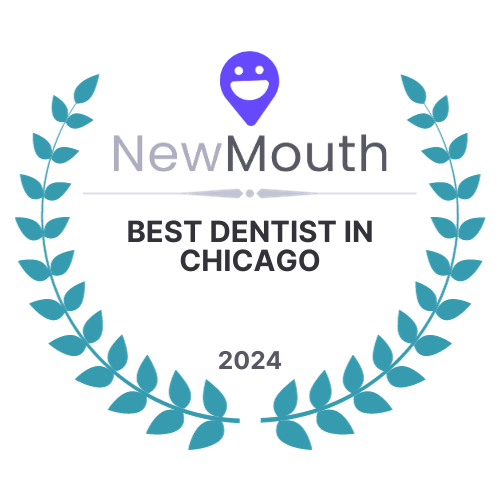Risks Of Gum Recession
- Exposure of the tooth root to the sugars, acids, and abrasion of normal diet and function
- Increased sensitivity to temperature and sweets due to the exposure of the delicate root, which provides access to the nerve
- Notching or loss of the root surface over time – when left untreated, this can lead to nerve exposure or tooth fracture
Gum Disease Treatment Options
- Unfortunately, once we experience recession or lose connective tissue, we cannot get it back naturally. Our best treatment for gum disease, such as recession, is prevention with ideal home care. Ideal home care includes:
- Use of a Sonicare toothbrush at the most gentle setting with Sensitivity/Non-Abrasive toothpaste
- Daily flossing
- Antiseptic mouth rinse at least once a day
If the recession is being caused by a misaligned bite, our recommendation would be orthodontic treatment to eliminate the bite interference. If orthodontics is not an option, we will recommend a night guard to protect the overloaded teeth during night-time grinding or clenching. If the recession becomes so significant that we completely run out of protective, connective tissue, the now unprotected bone that supports the tooth is at high risk of rapid tissue and bone loss. At this point, we recommend seeing our periodontist (tissue-specialist) to have a connective tissue graft completed to prevent future tooth loss. This involves transplanting a flap of skin and subepithelial connective tissue from the roof of your mouth (palate) and then stitching that tissue around the exposed root.
